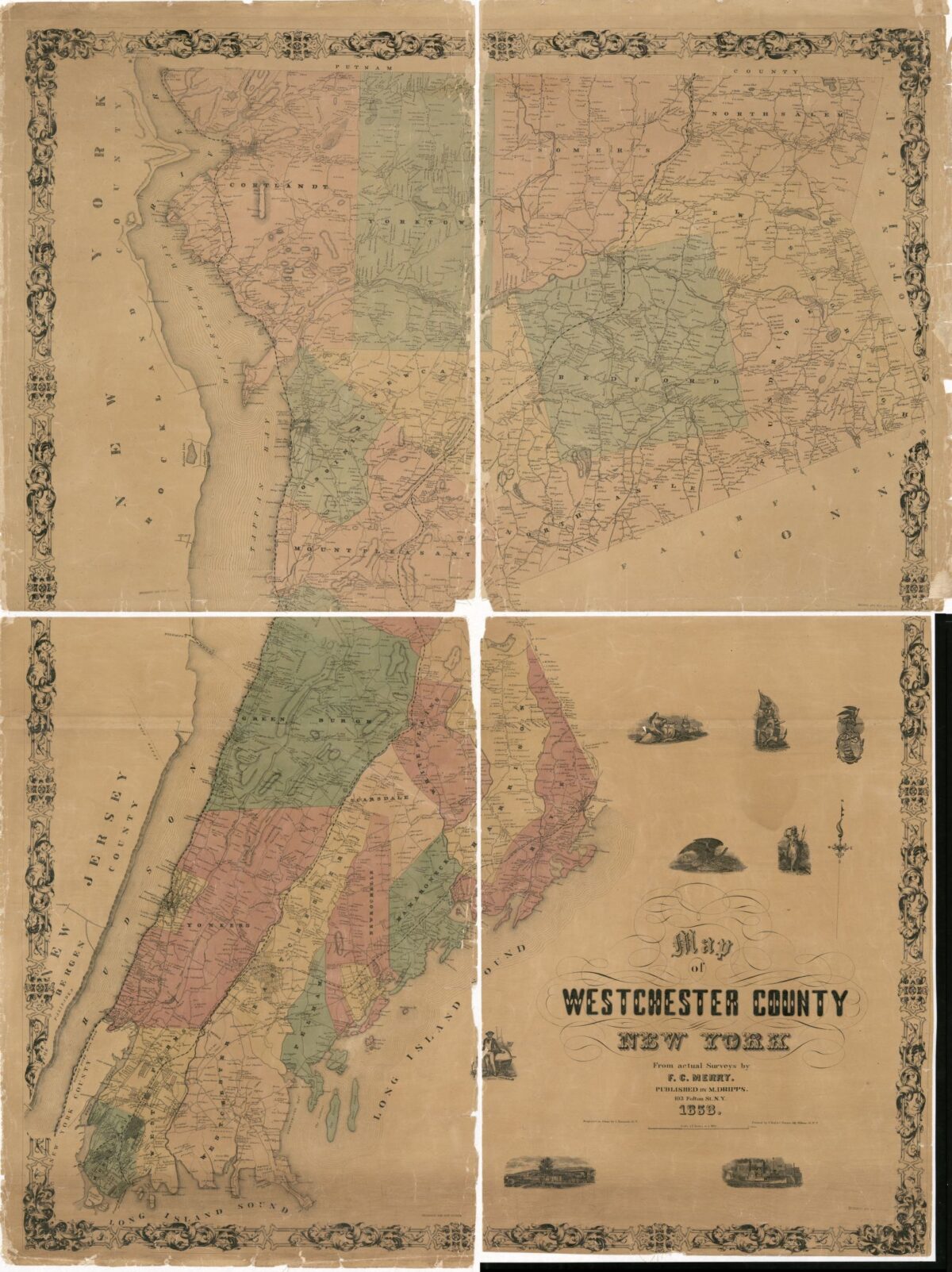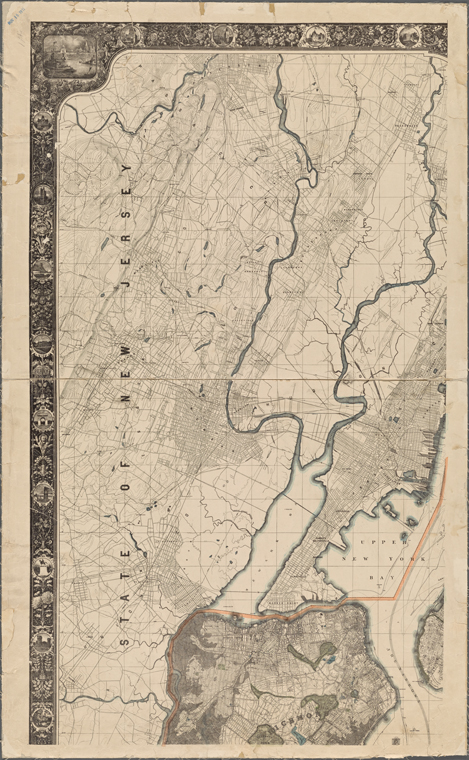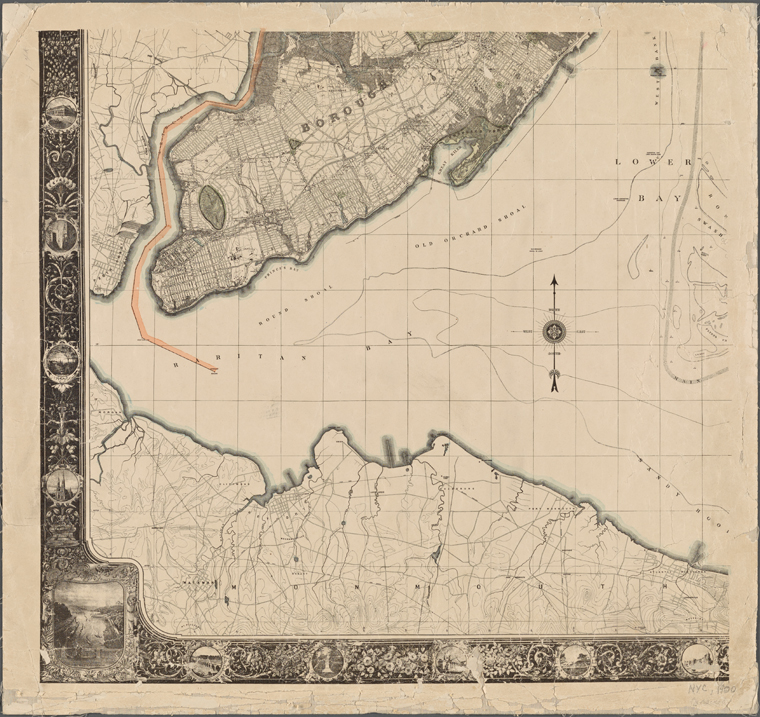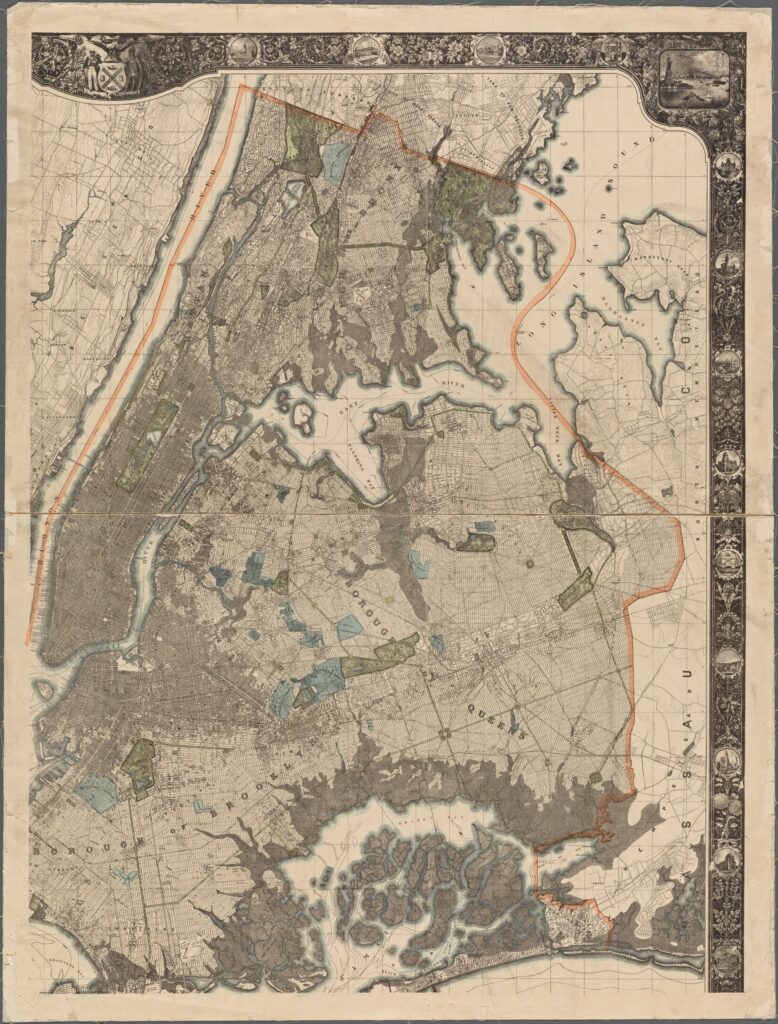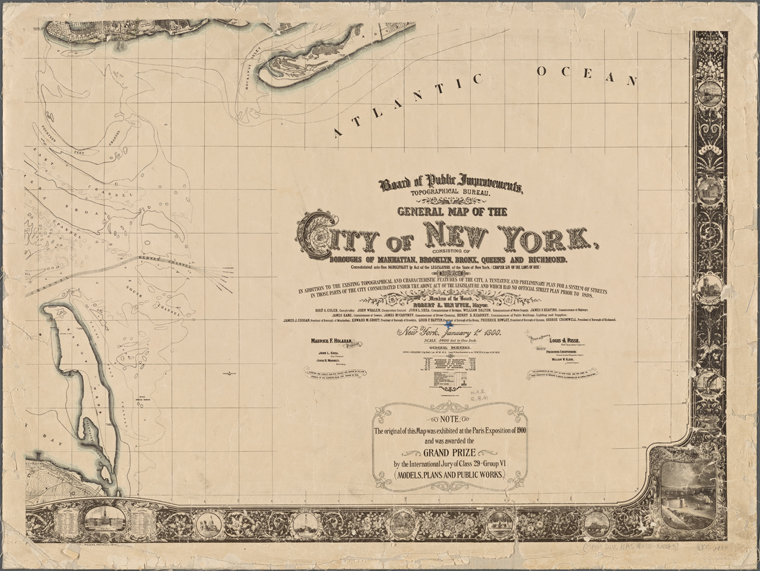Becoming Boroughs
Brooklyn’s water supply was falling short of demand. The inducement of an improved water supply provoked Brooklyn and Staten Island’s residents to vote for annexation by Manhattan, and to become boroughs of New York City. However, this incorporation would require New York City to undertake another expansion. The commonality between all of the options for expanding New York City’s drinking water supply was the local communities disdained and resented the idea of ceding current or future water sources to the city.

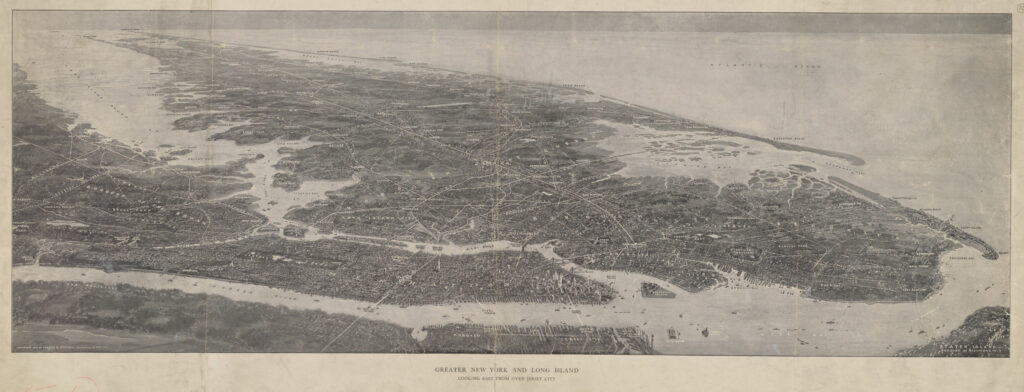
In 1898, municipal consolidation led to the creation of Greater New York, an expanded municipality encompassing Manhattan, Brooklyn, Queens, Staten Island, and the Bronx, the five boroughs of New York City. Each borough, with the exception of the Bronx, also constituted a county under state jurisdiction. Before forming this supercity, which the authors of Gotham: A History of New York to 1898 interestingly compare to the corporate consolidation of the same period, New York was the first largest city in the US and Brooklyn was the fourth largest.
Sources
Gotham: A History of New York City to 1898 by Edwin G. Burrows and Mike Wallace
The Epic of New York City: A Narrative History by Edward Robb Ellis
General map of the city of New York, consisting of boroughs of Manhattan, Brooklyn, Bronx, Queens and Richmond: consolidated into one municipality by act of the legislature of the state of New York (Chapter 378 of the laws of 1897): showing in addition to the existing topographical and characteristic features of the city, a tentative and preliminary plan for a system of streets in those parts of the city consolidated under the above act of the legislature and which had no official street plan prior to 1898. Issued 1900. Source: NYPL Digital Collections. Link.

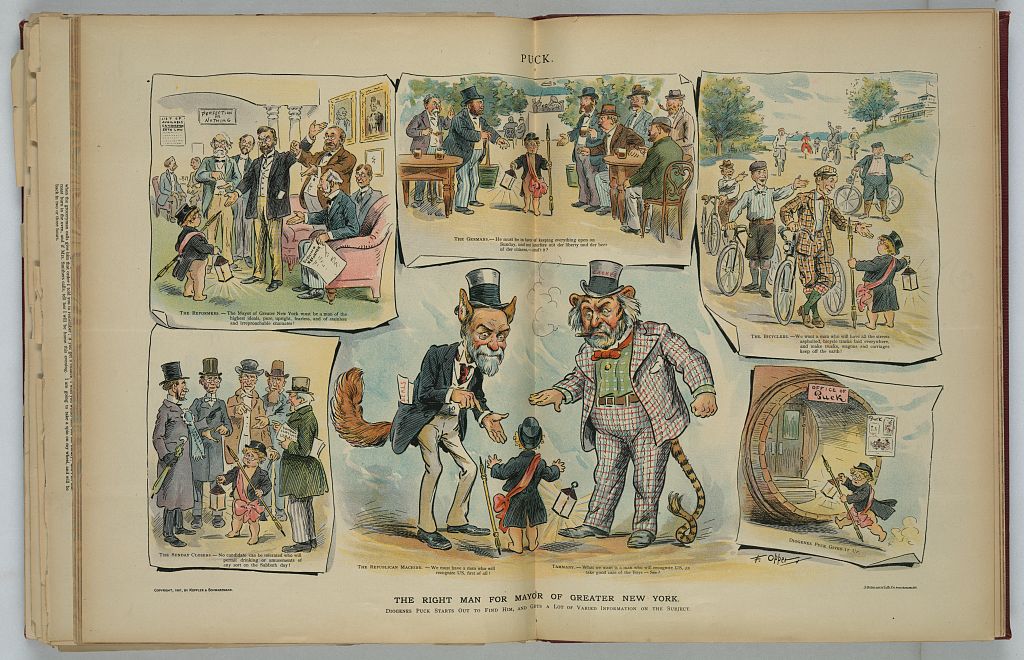
“Print shows a vignette cartoon with Puck as Diogenes carrying a lantern and a lithographic pen, seeking the perfect mayor for New York City; at center Puck gets the opinion of “The Republican Machine” (Thomas C. Platt with the tail and ears of a fox) and “Tammany” Hall (Richard Croker with the tail and ears of the Tammany Tiger), and in the surrounding vignettes, he hears the opinions of “The Sunday Closers” who respect the Sabbath, “The Reformers” who seek “a man of the highest ideals … and irreproachable character!” and have “Seth Low” at the top of their list, as well as “The Germans” and “The Bicyclers” before returning to the “Office of Puck”, somewhat dismayed.”
—Library of Congress
